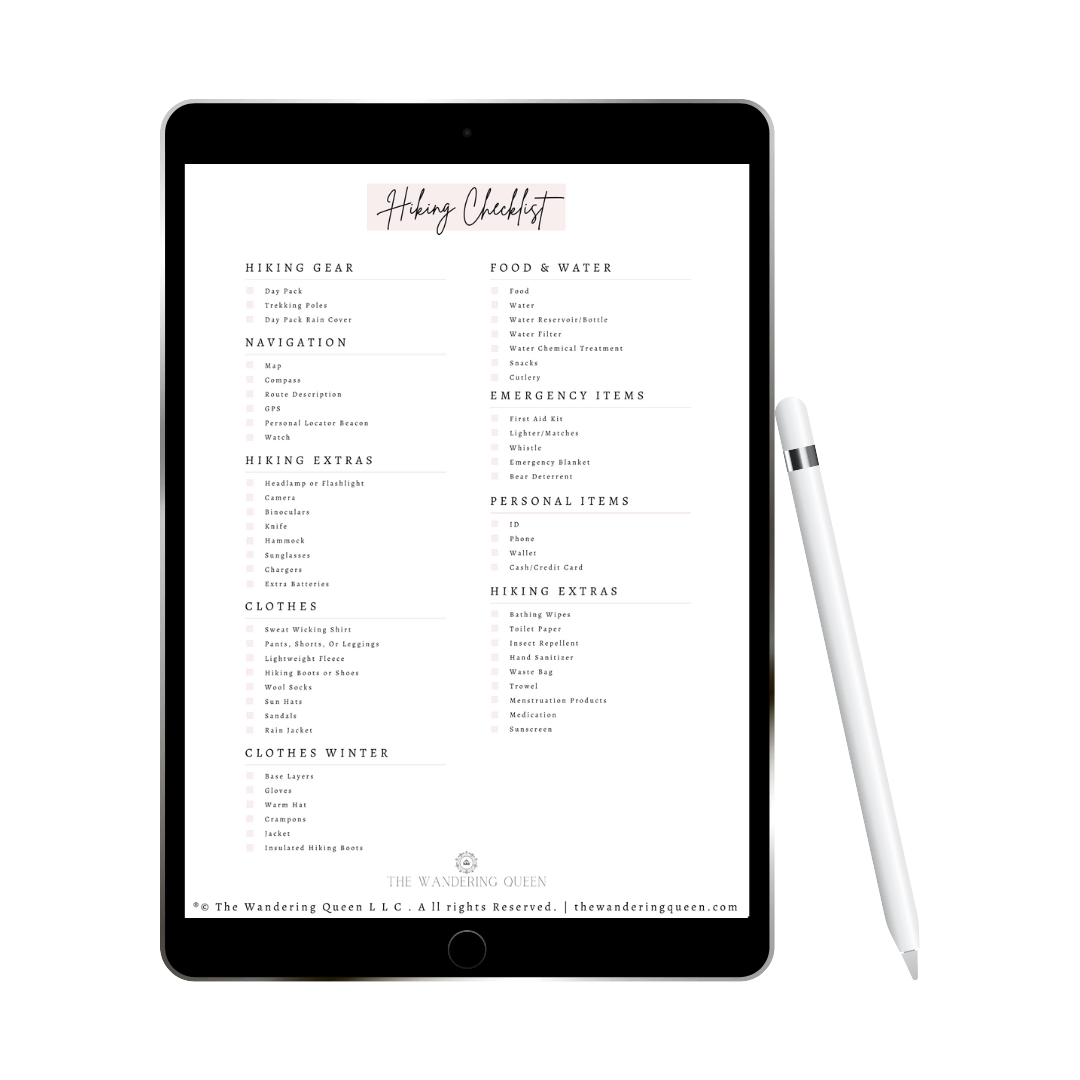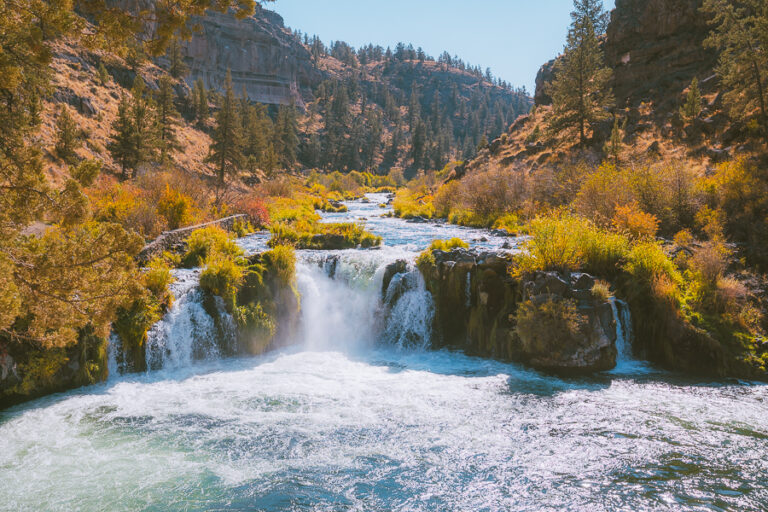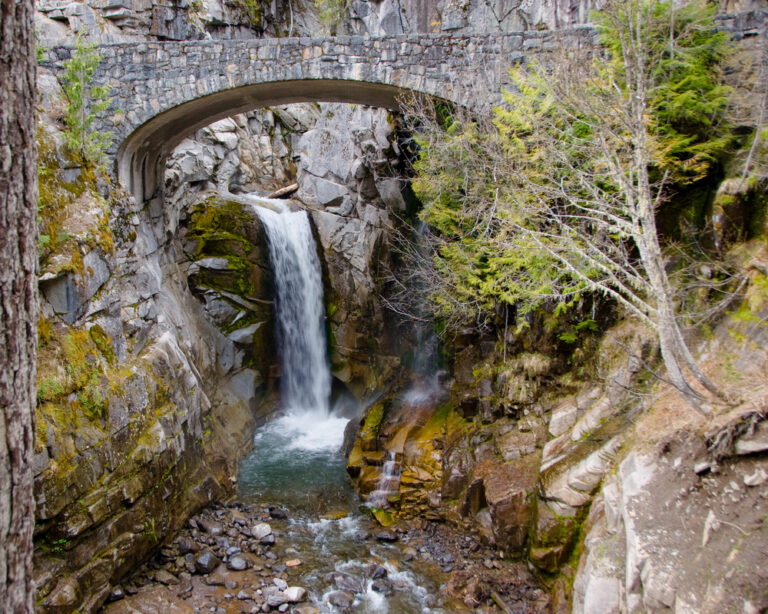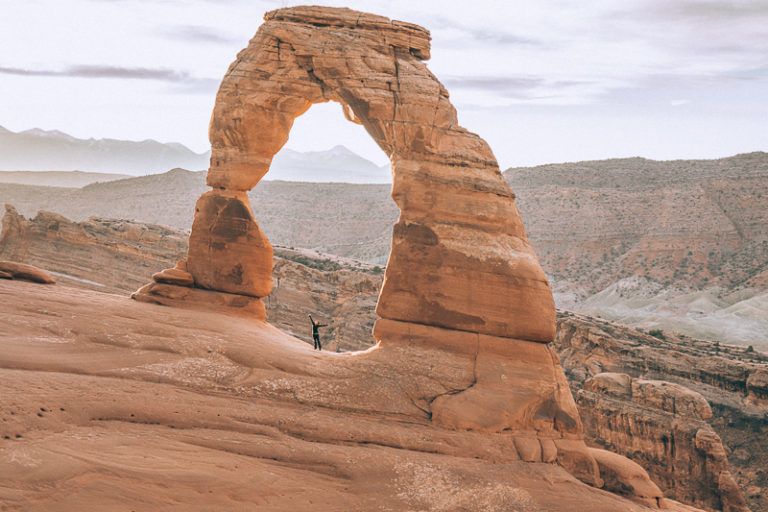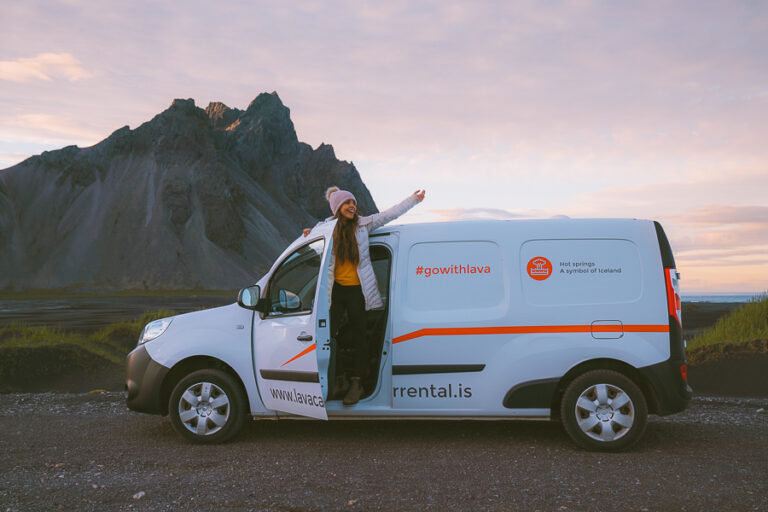The Best Time to Visit Capitol Reef National Park | 2024 Guide
Are you planning a trip to Utah’s surreal Capitol Reef National Park anytime soon? First of all, great choice!
Capitol Reef is a fantastic place to visit — it’s weird, whacky, beautiful, and surprising. Its under-the-radar atmosphere adds to its allure, making it the best-kept secret of Utah’s Mighty Five.
With something for every kind of adventurer, deciding when to visit Capitol Reef and what to do while there can be difficult. Fortunately, it’s your lucky day, as this guide will cover each season in the park and include some of the best things to do to fill your Capitol Reef itinerary.
So, strap yourself in, and let’s find out the Best Time to Visit Capitol Reef National Park.
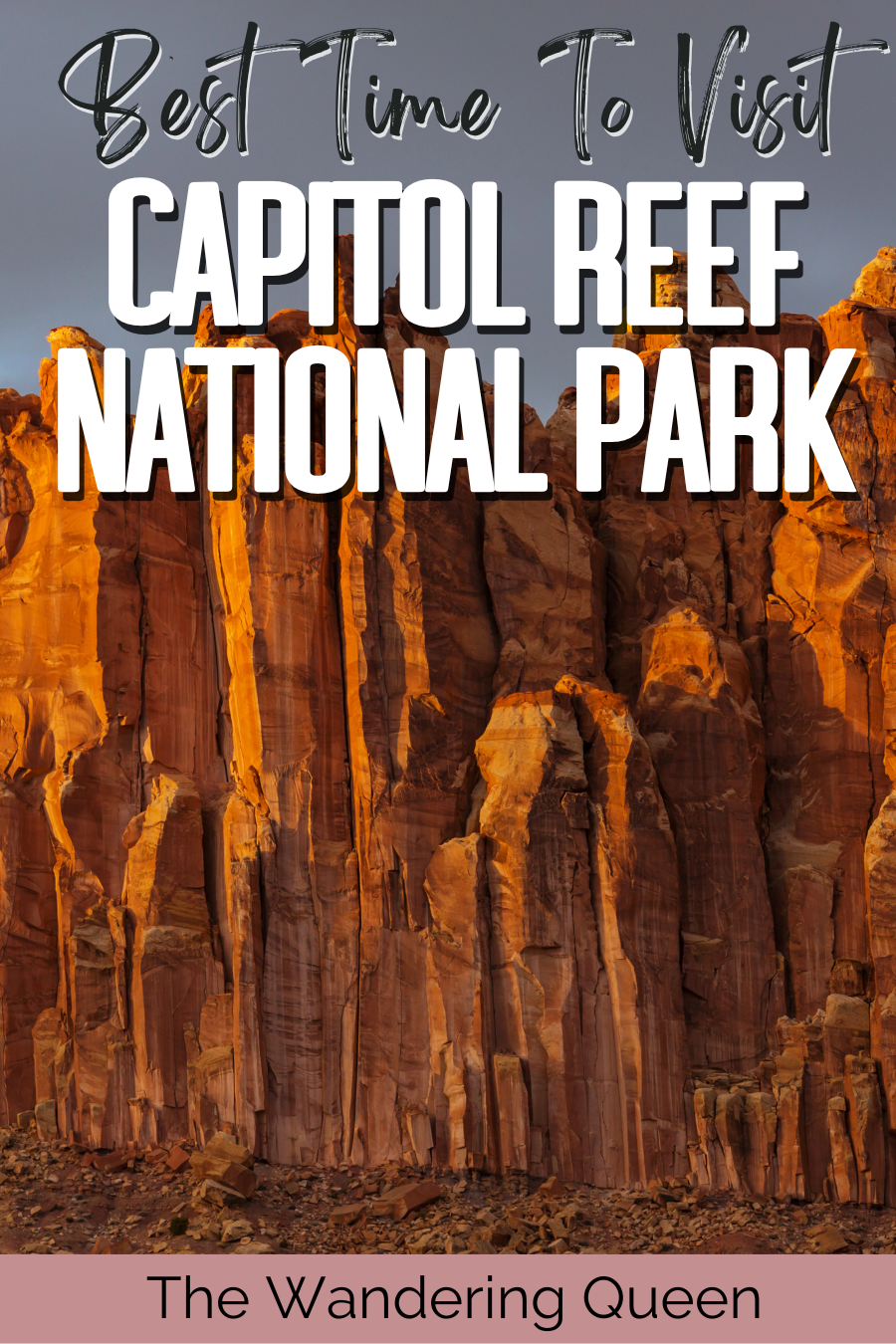
Disclosure: This post contains affiliate links. If you click one of them, I may receive a small commission (for which I am very grateful for) at no extra cost to you.
Capitol Reef National Park
Related Posts
How to Get to Capitol Reef National Park
Thankfully, getting to Capitol Reef National Park is relatively easy. The most common way is by car, and there are three routes you can choose from: Salt Lake City, Las Vegas, and Grand Junction.
Driving from Salt Lake should take about 3 hours and 20 minutes along the I-15 S and UT-24 E. Alternatively, driving from Las Vegas takes about 5 hours on the I-15 N, whereas Grand Junction is 3 hours away via the I-70 W and UT-24 W.
The closest town to Capitol Reef is the charming city of Torrey, about 15 minutes from the park’s visitor center.

P.S. Torrey should be on your list if you’re looking for unique places to stay near Capitol Reef.
The Best Time to Go to Capitol Reef

Ready for some great news? Capitol Reef might be an underrated park, but it’s one that’s good to visit year-round. That said, certain times of the year are better for specific activities and adventures.
The most popular times to head for Capitol Reef are from March to June and between September and October. Weather conditions are typically perfect for hiking and backpacking, with daytime temperatures peaking at an average of 90℉ (32℃) and nighttime temperatures dipping to 62℉ (16℃).
That does mean larger crowds, but the visitor numbers are always manageable compared to those at nearby Bryce Canyon National Park and Canyonlands National Park.
The Worst Time to Go to Capitol Reef

The worst time to visit Capitol Reef is during the winter months, from November to January. The coldest months are December and January. Temperatures can plunge below zero, and light snowfall can occur occasionally.
However, calling winter in Capitol Reef the worst time isn’t fair. Although days and nights can get bitterly cold, winter in the park brings a lot of outdoor fun. Plus, seeing the snow-capped desert really is a sight to behold.
That said, get ready for daytime highs of 39℉ (4℃) and lows at night of roughly 18℉ (-8℃).
Claim your FREE Hiking Checklist
Ready to start hiking? Grab my free hiking checklist and never forget anything at home!
Visiting Capitol Reef National Park in Spring
It’s time to dive into the good stuff — Capitol Reef National Park weather season by season. We’re kicking things off with the best time of year for hiking in the park: spring.
Springtime inside Capitol Reef is chillier than you’d expect, but it’s far better than the icy side of winter. Starting in March and lasting till early June, expect highs of 65℉ (18℃) and lows of 30℉ (-1℃).
Beyond bringing some relieving weather, spring is when the park starts drawing crowds again. Popular spots in the park, such as the Fruita Orchards, Capitol Gorge, and the Grand Wash trailhead, often fill up by 10 am.

Sidenote: Find out which one of the Mighty Five comes out on top as the best national park in Utah.
Top Things to Do in Capitol Reef National Park in Spring
With all the natural beauty spring brings to Capitol Reef, there are lots of fun must-do activities for any planned visit during these months.
Visit the Fruita Orchards
Contrasting Capitol Reef’s otherwise rocky landscape, at the intersection of Highway 24 and the park’s scenic drive, you’ll find a striking expanse of green groves and fruit orchards. Promising some stunning scenery, the Fruita Historic District is beautiful and rich in history.
Nestled in a shaded canyon formed by the Fremont River, this Mormon settlement is a recognized national monument and a must-visit. Plan your excursion to the orchards for early June to snatch a chance to pick some seasonal cherries.

Sidenote: If you plan to camp at the popular Fruita Campground, you must make reservations in advance at recreation.gov.
Hike the Cassidy Arch Trail
- Distance: 3.2 miles (out-and-back)
- Elevation Gain: 1,813 feet
- Difficulty: Moderate
- Trail Guide: Link

If you only have one day in Capitol Reef during spring, don’t miss the chance to head out on one of the park’s most famous hikes, the Cassidy Arch Trail. Named after the notorious outlaw Butch Cassidy, this route leads to a majestic natural arch set against a backdrop of multi-colored canyon walls.

The climb to the arch isn’t the easiest to overcome, but with some hiking skills, it’s very doable. With a few initial switchbacks, the steady incline leads to epic viewpoints of the arch, which is well worth the effort.
Visiting Capitol Reef National Park in the Summer

Next up, summertime in Capitol Reef National Park, from July to September. Embracing its desert climate, temperatures soar into the 90s but rarely reach higher than 100℉ (37℃), with increased chances for rain. Low temperatures average around 62℉ (16℃).
Compared to other southern Utah national parks, extreme heat shouldn’t dampen any planned activities. Heat waves can hit the park, but luckily, most paths have plenty of shaded areas.
While summer does see an increase in crowd numbers, park features, including the Gifford House Store and Museum, compensate for this with extended hours.

Note: Rains in summer do bring the potential for flash flooding, coinciding with the hurricane season in the park. While unlikely, it’s always a good idea to stay on top of weather warnings by the US Weather Service.
Top Things to Do in Capitol Reef National Park in the Summer

As the sizzle of summer settles onto Capitol Reef National Park, the season unlocks even more outdoor adventuring opportunities.
Drive Highway 24
The main road through Capitol Reef, Highway 24, is undoubtedly one of the park’s most scenic experiences. Running from east to west for 16 miles, this eye-catching patch of road snakes its way along the Fremont River.
The summer months are ideal for sightseeing on this famous drive, which offers bucketloads of incredible views. Starting from the east, Highway 24 twists and turns alongside the river, passing massive domes and cliffs of white Navajo sandstone.
Further west, the road heads through a valley, opening up to a vivid collection of orchards and several historic buildings. Before reaching its end in Torrey, the drive ends with immense red sandstone mountains, cliffs, and rock formations.
Head Out on The Grand Wash Trail
- Distance: 5 miles (round trip)
- Elevation Gain: 341 feet
- Difficulty: Moderate
- Trail Guide: Link
The Grand Wash Trail is an easy hike and a summer staple in Capitol Reef. This very wide canyon, which resembles the Narrows in nearby Zion National Park, is one of the most famous in the park. Don’t expect fewer crowds, but it’s worth it for oodles of gorgeous views.
Cutting through the Waterpocket Fold, the trail follows a long canyon, narrowing as it goes (hence the comparison to The Narrows). Thankfully, this isn’t a challenging hike, and it’s ideal for a genuine slot canyon experience.
Indulge in a Gifford Homemade Pie
Working up a sweat during the summer isn’t a foreign concept in Capitol Reef, and that also means monster appetites. Luckily, nestled within the park, you’ll find the Gifford Homestead, which has stood since 1908.
Beyond fruit picking at the orchards in the harvest season, you shouldn’t skip out on the chance to try any of their range of assorted homemade pies. If you’re picking fruit, don’t forget to stop at the self-pay station to weigh and pay.
Visiting Capitol Reef National Park in the Fall

Alongside spring, fall is one of the better times to visit Capitol Reef. As the heavy rains and high summer temperatures fade away, the park steadily braces itself for winter.
Speaking of temperatures, expect average highs of around 75℉ (23℃) and average lows of roughly 50℉ (10℃). Prices remain relatively high (but not as high as during spring), so it’s best to plan ahead and catch any early booking bargains for accommodation.
During the fall, the park offers various ranger programs, including star talks and guided hikes. Be sure to check out the calendar for the Annual Heritage Starfest, which takes place in September.
Top Things to Do in Capitol Reef National Park in the Fall

While you can still do much of what makes summer amazing inside Capitol Reef well into fall, some activities are extra suited to the season.
Do the Cohab Canyon Trail
- Distance: 3 miles (out-and-back)
- Elevation Gain: 793 feet
- Difficulty: Moderate
- Trail Guide: Link
Although you can (and should) go on the popular Cohab Canyon Trail at any time of year, fall brings a magical feel and look to much of the trek. A moderately challenging route, the trail bursts with epic scenes of fall foliage perfect for Instagram.
Kicking off in historic Fruita, the trail rapidly climbs into the sandstone cliffs before meandering through the canyon, leading to a final climb. From the mesa, you can head down two pathways, each leading to a distinct viewpoint, either the north rim overlook or the south rim overlook.
Set Out on the Capitol Reef National Park Scenic Drive
Another attraction in Capitol Reef that’s accessible year-round is the Capitol Reef Scenic Drive. This paved road delivers spectacular views spanning 8 miles (one way) and ventures past some of the park’s most captivating sights.
Fall is the perfect time for the drive, with vibrant fall colors enhancing the natural glow of the rock layers visible throughout. As the busy season winds down, the chances of large crowds on the drive become less and less, making this a great one-day itinerary candidate.
Download my free Outdoor Photography Guide
Visiting Capitol Reef National Park in the Winter

In complete contrast to other months of the year, Capitol Reef is noticeably quiet in winter. Just like other parks in the state, crowd numbers dip to a low, and the winter temperatures also dip quite low.
Daytime highs hover in the mid-50s, while nighttime lows reach roughly 37℉ (3℃). Generally, you wouldn’t find temperatures below negative, but the season does bring some moderate snowfall.
Top Things to Do in Capitol Reef National Park in the Winter

With fewer crowds and a temperate climate (for winter), there’s plenty to do in Capitol Reef, from backcountry skiing to snowshoeing and offroading.
Explore Cathedral Valley

Winter presents itself as the perfect time to explore the rugged and remote northern district of Capitol Reef. Any winter visit to the park should include Cathedral Valley.
Few people venture this way, but the stunning sights of sandstone monoliths, vivid Bentonite hills, and a vast desert landscape are worth it. The loop drive starts in Fruita and covers a staggering 58 miles.

Take note: There are no paved roads on the drive, and you’ll need a high-clearance vehicle to get the most out of Cathedral Valley.
Hike Hickman Bridge
- Distance: 1.7 miles (out-and-back)
- Elevation Gain: 426 feet
- Difficulty: Moderate
- Trail Guide: Link

Hiking Capitol Reef in winter is a memory you won’t forget anytime soon, and few trails are more suited for the season than the Hickman Bridge Trail. A moderately easy trek, the hike starts at the trailhead of the same name along Highway 24. The reward is a panoramic view of a natural arch.
FAQs About the Best Time to Visit Capitol Reef
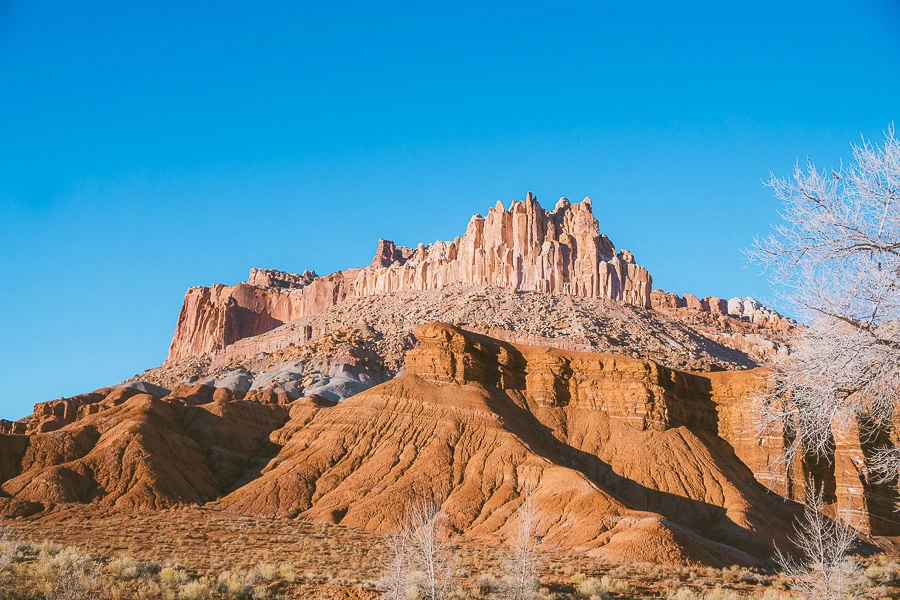
Having covered quite a bit in this guide, there’s clearly a lot to know about the best time to head for Capitol Reef. Below are some more popular questions with insider answers.
How Many Days Do I Need in Capitol Reef National Park?

Capitol Reef is a very compact national park, and because of this, it’s easy to see a lot of it in a short time. I’d recommend visiting for two to three days, but it is possible to do Capitol Reef in one day.
Is Capitol Reef National Park Worth Visiting?

Of all the great American National Parks, Capitol Reef isn’t the most popular, but its gorgeous landscapes, unbelievable hiking trails, and captivating sights make a visit well worth it.
Conquer Capitol Reef | The Best Time to Visit Wrapped Up

Well, there you have it, my fellow adventurers: the best time for a visit to Capitol Reef National Park, all wrapped up. Backed with a season-by-season breakdown and suggested seasonal activities, there’s no reason your next visit to one of Utah’s most scenic national parks shouldn’t be anything short of incredible.
Now, go out there and conquer Capitol Reef!
Read Next: There are plenty of other amazing things to experience in the park, like the Burr Trail Switchbacks, Capitol Gorge Road, and Chimney Rock. So, take a look at my list of the best things to do in Capitol Reef.

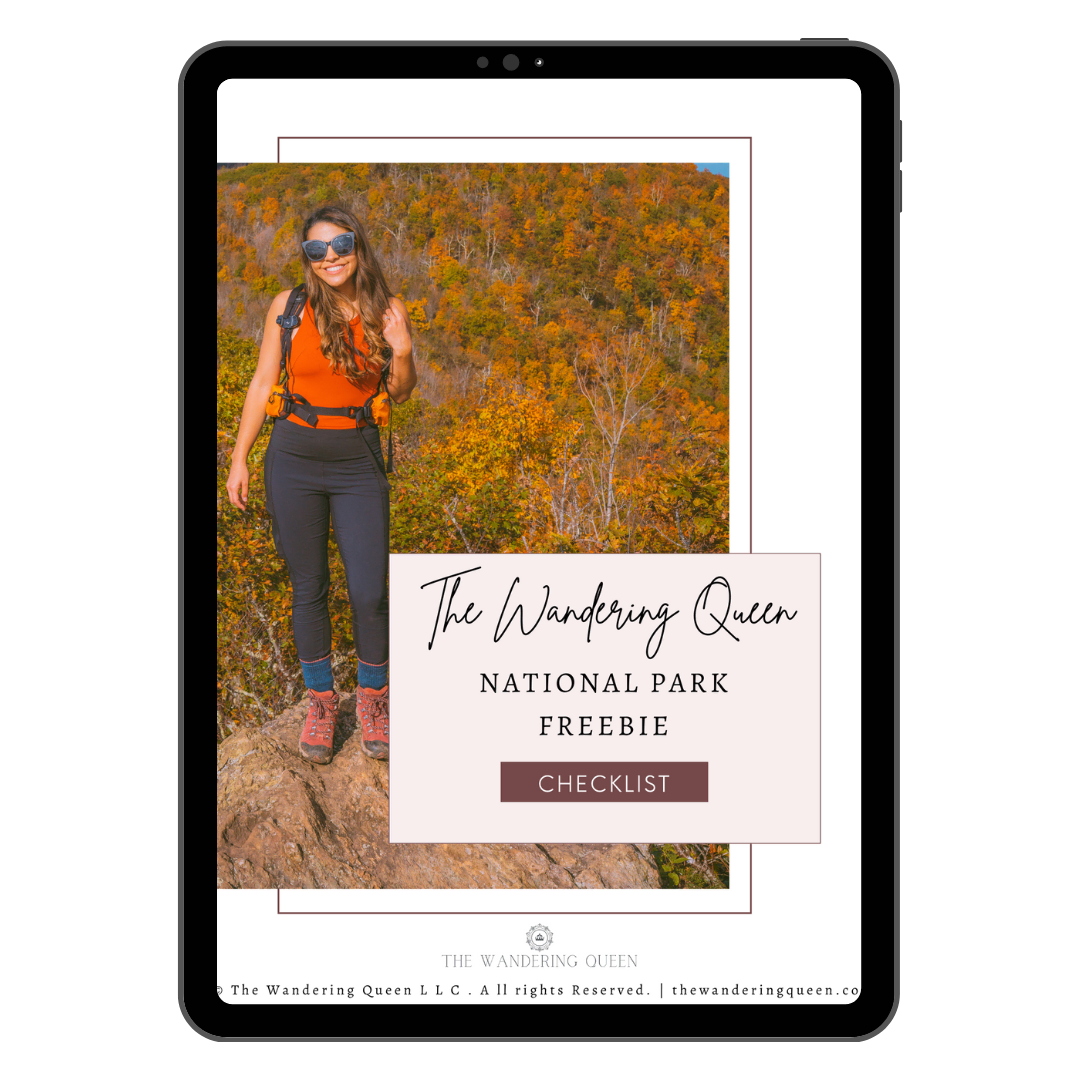
Get my free National Park Checklist
When you join the newsletter!
Pin For Later: The Best Time to Visit Capitol Reef National Park




